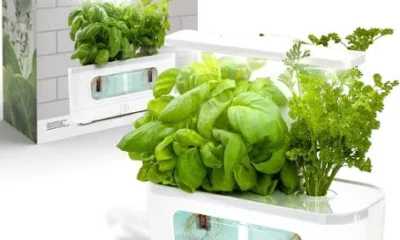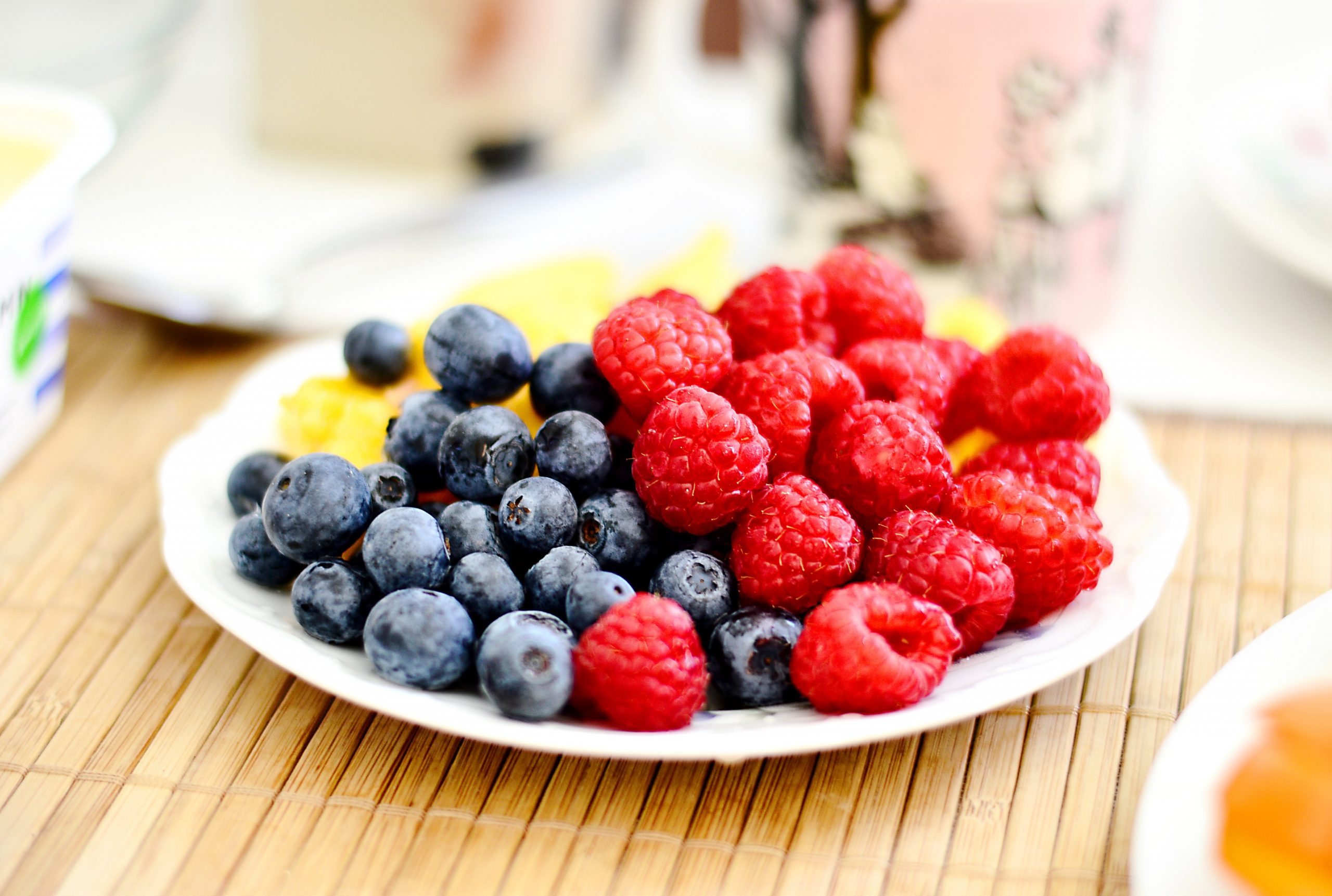In an era where sustainability and self-sufficiency are increasingly valued, indoor gardening has emerged as a popular trend among urban dwellers and culinary enthusiasts alike. The ability to grow fresh herbs, vegetables, and even small fruits within the confines of one’s home has become not just a hobby, but a lifestyle choice for many. As the National Gardening Association reports, interest in food gardening has been on the rise, with a significant uptick in households growing their own food in recent years.
Indoor garden kits have revolutionized the way people approach home cultivation, making it accessible even to those without outdoor space or extensive gardening knowledge. These kits come in various forms, from simple countertop herb gardens to sophisticated hydroponic systems that can produce a variety of crops year-round.
According to experts, the benefits of indoor gardening extend beyond just having fresh produce at your fingertips. The American Horticultural Therapy Association notes that gardening can have therapeutic effects, reducing stress and improving overall well-being. Moreover, growing your own food can lead to a more sustainable lifestyle, reducing carbon footprint associated with food transportation and packaging.
When it comes to choosing the best indoor garden kit, several factors come into play. Ease of use, size, type of plants supported, and technological features are all important considerations. Let’s explore some of the top options available in 2024:
- AeroGarden Harvest
The AeroGarden Harvest stands out as a user-friendly option for beginners. This hydroponic system can grow up to six plants at a time and comes with a full spectrum LED grow light. Its compact design makes it suitable for small spaces, and the control panel reminds users when to add water and plant food. AeroGarden’s research suggests that plants grow up to five times faster in their system compared to soil.
- Click and Grow Smart Garden 3
For those looking for a sleek, minimalist design, the Click and Grow Smart Garden 3 is an excellent choice. This self-watering system uses proprietary Smart Soil technology, which Click and Grow claims provides optimal pH levels and oxygen for plant roots. The kit includes LED grow lights and can accommodate three plants, making it perfect for growing fresh herbs in small kitchens.
- Gardyn Home Kit 2.0
The Gardyn Home Kit 2.0 represents the cutting edge of indoor gardening technology. This vertical hydroponic system can grow up to 30 plants simultaneously, utilizing AI-powered cameras to monitor plant health and adjust growing conditions accordingly. Gardyn’s studies show that their system uses 95% less water than traditional gardening methods, appealing to environmentally conscious consumers.
- Rise Gardens Personal Garden
For those who want to grow a variety of plants, including leafy greens and small fruiting plants, the Rise Gardens Personal Garden offers flexibility and scalability. This modular system can be expanded to accommodate more plants as your gardening ambitions grow. Rise Gardens’ research indicates that their nutrient management system and full-spectrum LED lights can lead to harvests up to three times faster than traditional gardening.
- Veritable Smart Indoor Garden
The Veritable Smart Indoor Garden combines French design with smart technology. This compact system uses LED lighting that mimics natural sunlight cycles and includes a water level indicator for easy maintenance. Veritable’s data shows that their Lingot® seed pods are biodegradable and contain essential nutrients for optimal plant growth.
While these kits offer convenience and efficiency, it’s important to note that successful indoor gardening still requires attention and care. The University of Maryland Extension advises that factors such as temperature, humidity, and air circulation play crucial roles in plant health, even with automated systems.
The choice of plants is also a key consideration. Herbs like basil, mint, and cilantro are popular choices for indoor gardens due to their compact size and frequent use in cooking. Leafy greens such as lettuce and spinach also thrive in indoor environments. For those with more ambitious goals, cherry tomatoes and small pepper varieties can be grown successfully in larger indoor garden systems.
The economic benefits of indoor gardening are also worth considering. While the initial investment in a garden kit may seem substantial, the long-term savings on fresh produce can be significant. The National Gardening Association estimates that a well-maintained food garden can yield a $500 return on investment per year.
Moreover, indoor gardening aligns with the growing trend of “farm-to-table” eating at home. The U.S. Department of Agriculture notes that consuming freshly harvested produce can lead to higher nutrient intake, as vitamins and minerals begin to degrade as soon as fruits and vegetables are picked.
As we look to the future, the indoor gardening industry is poised for continued growth and innovation. Market research firm Grand View Research predicts that the global indoor farming market size will reach $75.3 billion by 2028, driven by technological advancements and increasing demand for locally grown, pesticide-free produce.
In conclusion, indoor garden kits offer a practical solution for those looking to bring a bit of nature into their homes and fresh, homegrown produce onto their plates. Whether you’re a seasoned gardener or a curious beginner, there’s an indoor garden kit suited to your needs and space constraints. As these systems continue to evolve, incorporating more advanced technologies and sustainable practices, they are likely to play an increasingly important role in urban agriculture and personal food production.
By embracing indoor gardening, individuals can not only enjoy the fruits (and vegetables) of their labor but also contribute to a more sustainable and self-reliant food system. As we continue to face global challenges related to food security and environmental sustainability, the simple act of growing herbs on your kitchen counter takes on a new significance – a small step towards a greener, more connected future.


 Tips & Advice4 years ago
Tips & Advice4 years ago
 News & Stories3 years ago
News & Stories3 years ago
 Restaurants3 years ago
Restaurants3 years ago
 Recipes3 years ago
Recipes3 years ago
 Kitchen Gadgets3 years ago
Kitchen Gadgets3 years ago
 Kitchen Gadgets3 years ago
Kitchen Gadgets3 years ago
 Kitchen Gadgets3 years ago
Kitchen Gadgets3 years ago
 Chefs4 years ago
Chefs4 years ago














